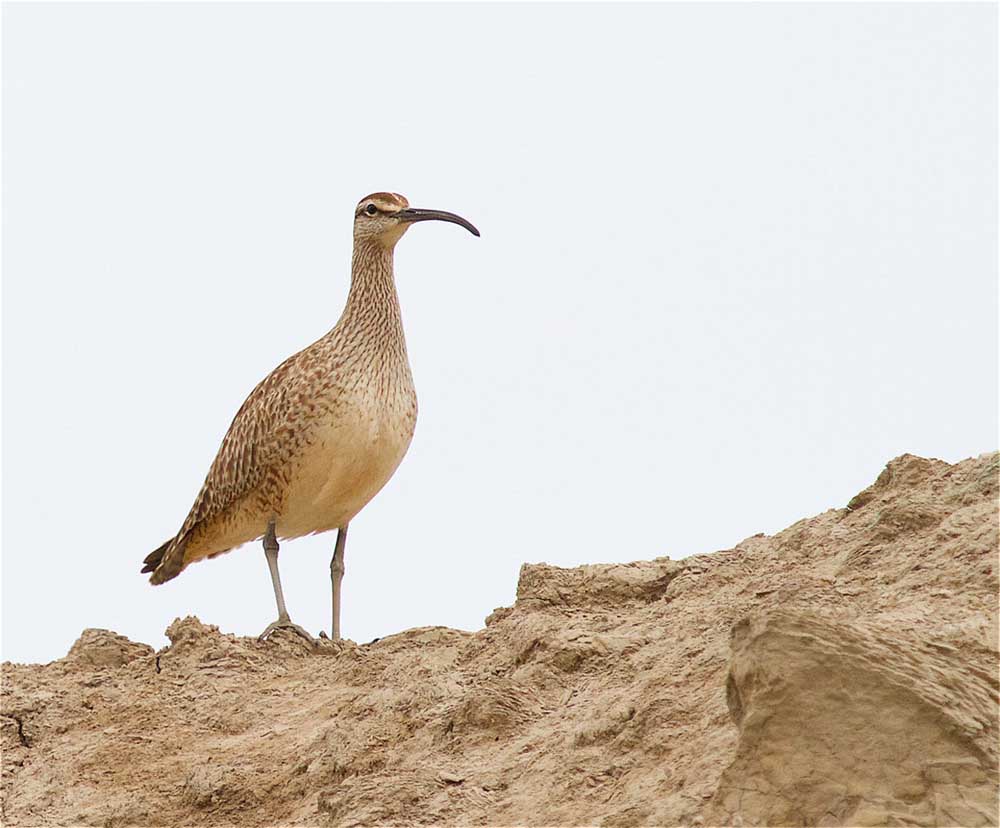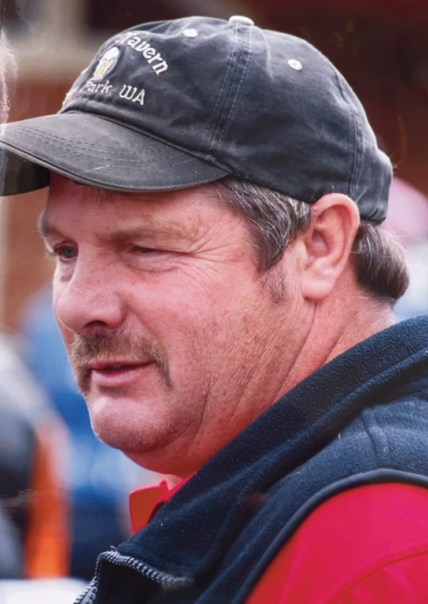Birdwatching: ‘Road maps for birds’ lead many through Pacific County
Published 11:36 am Wednesday, November 2, 2016

- Whimbrel visit local habitats for food and rest on their fall and spring migrations.
When it is time for a road trip, humans generally use a road map, smart phone or GPS system to get to their destination.
Trending
Most birds also have a system for their travels. It is called a flyway. There are four flyways in North America: Pacific, Central, Mississippi and Atlantic. Flyways generally follow coastlines and major mountain and river systems. However, bird expert David Allen Sibley suggests that while most birds do follow historical migration routes, there is variability. This means migration does not always occur in as neat a pattern as suggested by the concept of a flyway. One example is the sandhill crane. It generally uses the Central flyway, where it sweeps in large numbers across the prairies. But sometimes we encounter it in wetland habitats of the Willapa National Wildlife Refuge and elsewhere on the Peninsula.
Most of the birds that move up and down our coastal region during their spring and fall migrations use the Pacific flyway. Many of the migratory bird species we see in the Willapa National Wildlife Refuge and on the Peninsula, in general, migrate using that flyway.
One such species is the whimbrel. It is a large shorebird with a long, curved bill. It nests in the far north on the tundra and the boreal forests of Canada and Alaska. When the breeding season is over, whimbrel that nest in western North America migrate along our coastline, i.e., the Pacific flyway. They stop on our ocean beaches and on the mudflats of the Refuge to rest and feed. Leadbetter Point is an excellent spot to look for whimbrel, along with the mudflats of the Ilwaco Harbor.
Trending
Some whimbrels migrate as far south as Chile. I have seen them there and in other southern parts of South America. Look for them here now. They are considered uncommon, but now that you know where to look, you might see them before they leave for their wintering grounds.
If you miss them this fall, don’t worry. As spring dawns, whimbrels will again begin the long journey north bringing them to the Refuge and the Peninsula once more.









